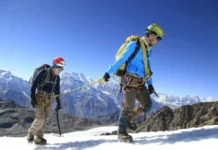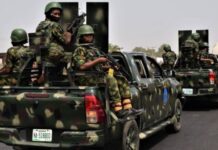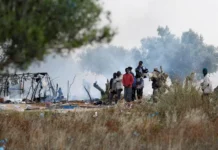Protests in many places of Iran have subsided six months after the death of Mahsa Amini in police custody.
Hundreds of protestors assemble every week after Friday prayers in Sistan and Baluchestan region on Iran’s eastern border, despite government crackdowns.
In a video published on social media by local human rights organization Haalvsh on March 10, a mass of men gathers in the town centre of Zahedan, the capital of Sistan and Baluchestan province.
The men have just concluded Friday lunchtime prayers and are currently chanting slogans demanding for the release of Iranian political prisoners.
Behind them stands the Grand Makki Mosque, led by imam Molavi Abdol Hamid.
The largest Sunni Mosque in Iran has played a central role in continued protests against the Iranian authorities in the southeastern border province, Iran’s second-largest.
In the rest of the country, protests sparked by the death of Mahsa Amini in police custody on September 16, 2022, for not properly following Iran’s hijab laws have dwindled.
But for 23 weeks in a row, the Baloch ethnic group based in the southeast have taken to the streets despite paying a heavy price for their dissent.
According to the NGO Human Rights Iran, 530 people have been killed as a result of protests in Iran in the past six months.



















